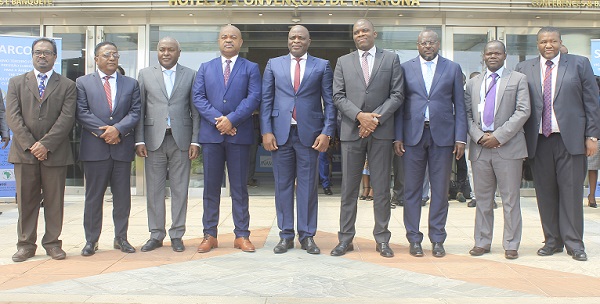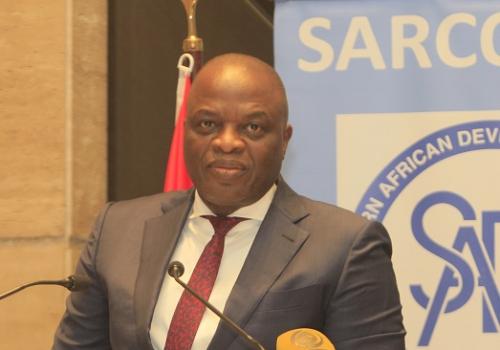The twenty-third meeting of Southern African Regional Climate Outlook Forum (SARCOF-23) was held in Luanda, Republic of Angola, on the 28-30 August 2019.
Delivering his remarks at the meeting, Honourable Minister of Telecommunication and Information Technology of Angola, Dr Jose Carvalho da Rocha said that it is crucial for the SADC region to produce timely and credible forecasts in order to minimize the losses resulting from these recurrent weather and climate events.
He urged scientists to undertake studies, and provide credible information to the decisions makers so that they can take effective measures to lessen the impact of climate change.
Honourable Dr da Rocha informed delegates that the Angolan government is committed to modernize the Meteorological services in the country (INAMET), which in turn will contribute to the development of Angola. He noted the importance to have an integrated database in weather and climate within the region. Dr da Rocha further urged all stakeholders to continue fostering the SARCOF network so that decision makers can make key decisions and interventions at the right time.
For his part, representative of African Union Commission, Dr Jolly Wasambo, noted that increased frequency, magnitude, intensity and severity of extreme weather and climate related events pose a significant challenge to Africa's attainment of the goals of this vision by 2063. Dr Wasambo reminded the delegates that the Republics of Malawi, Mozambique and Zimbabwe were recently subjected to the cruelty cyclone Idai. He noted that the continent of Africa is experiencing widespread flooding, wild fires and other hazardous occurrences resulting in loss of lives and destruction of property due to global warming.
He said collaborative and coordinated approach between the African Union Commission and Regional Communities in implementation of development initiatives is key to addressing socio-economic development ills within the African continent.
Speaking during the meeting, World Meteorology Organisation Representative for Eastern and Southern Africa, based in Nairobi, Kenya, Mr Mark Majodina said Early Warnings Systems are set up to avoid or reduce the impact of hazards such as floods, drought, landslides and storms from extreme weather and climate events. He pointed out that the significance of an effective, science-based early warning system lies in the recognition of its benefits to local communities who are highly vulnerable.
Mr Majodina further explained that it is one thing to initiate an early warning system and another for an early action. Therefore, early action in preparedness and mitigation and or adaptation are best suited to face the rising risks and build resilience against extreme weather and climate events in the region.
Speaking on behalf of the SADC Executive Secretary, Senior Programme Officer for Meteorology, Dr Prithiviraj Booneeady, noted that SADC strategic documents recognize weather and climate information to advance the SADC Industrialisation agenda. Dr Booneeady urged the National Meteorological and Hydrological Services of Member States and SADC Meteorological Centre to provide timely and credible weather and climate services to minimize losses from the impact of adverse extreme weather and climate events such as storms, tropical cyclones, floods, heatwaves and droughts which are often induced by climate change.
The twenty-third Southern African Regional Climate Outlook Forum was held to develop consensus regional climate outlook for the October to December 2019 and January to March 2020 rainfall season. Stakeholders from various climate sectors such as Agriculture, Livestock & Food Security, Water, Energy, Disaster Risk Management, Conflict & Early Warning, Health and Private Sector constituted the User Interface Platform to deliberate on the consensus forecast and to formulate mitigation strategies for key socio-economic sectors in the SADC region. Most importantly, the SARCOF-23 convened to provide a regional interaction platform on climate forecasts for decision makers, climate scientists, research scientists as well as users of climate information.


